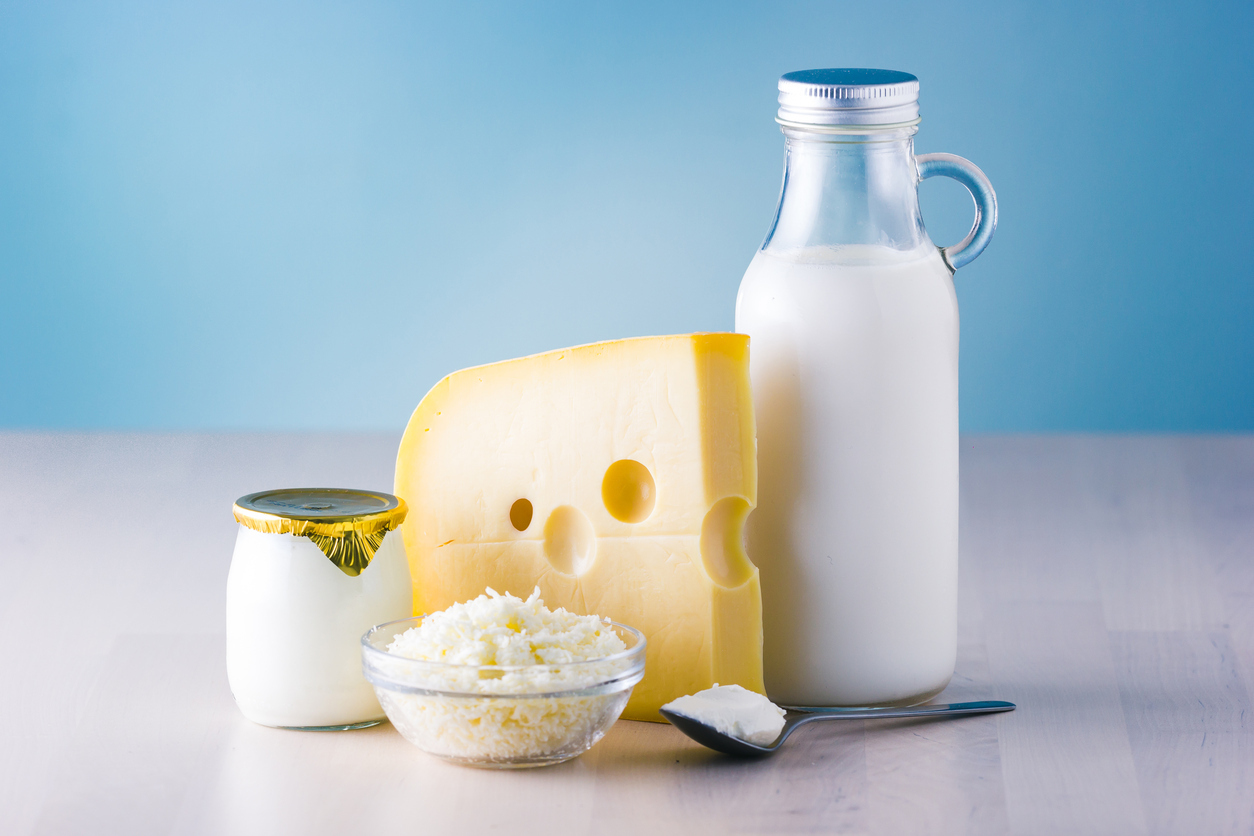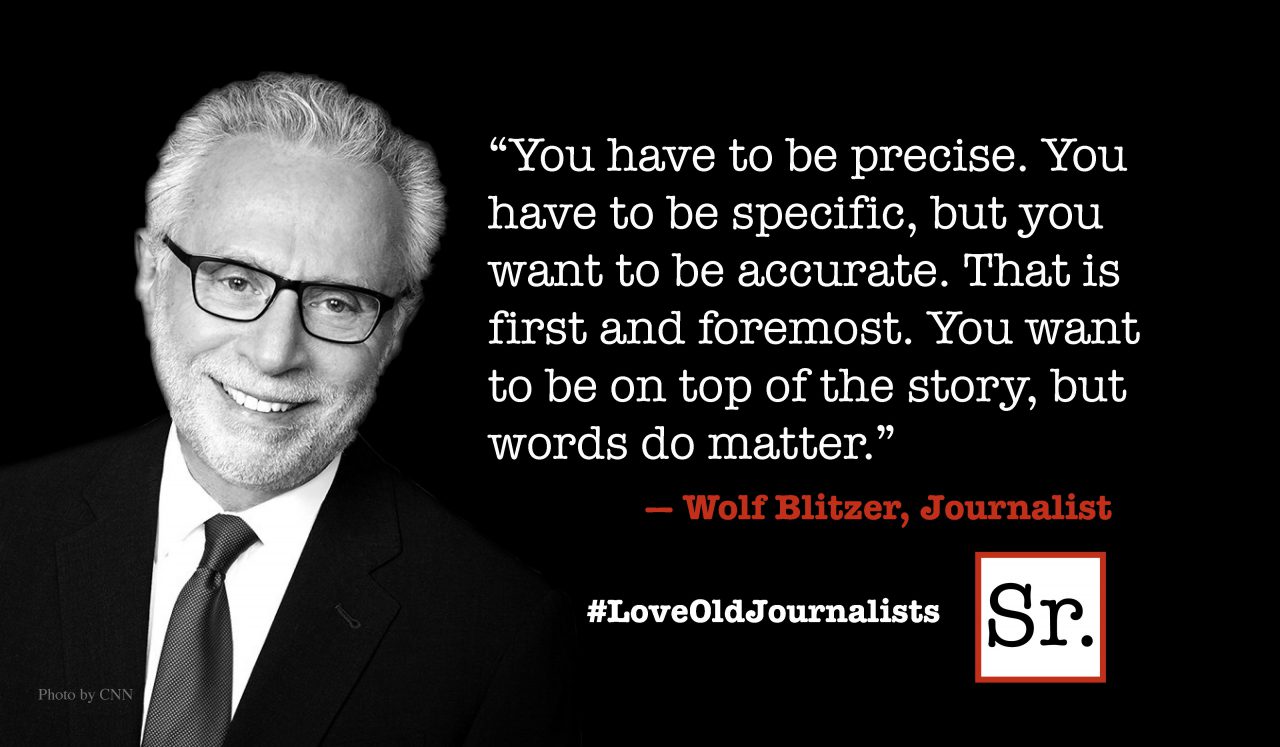Q. I'm a 73-year-old woman. How much calcium do I need?
According to the National Osteoporosis Foundation, women who are older than 50 should be consuming 1,200 milligrams of calcium a day. Older women need plenty of calcium to prevent osteoporosis.
Osteoporosis, or porous bone, is a disease characterized by low bone mass and deterioration of bone tissue. Osteoporosis leads to an increased risk of bone fractures typically in the wrist, hip, and spine. One in two women and one in four men over the age of 50 will break a bone because of osteoporosis.
Women have less bone tissue and lose bone faster than men because of changes from menopause. Small, thin-boned women are at greater risk. Caucasian and Asian women are at highest risk. Age is a major risk factor because bones become thinner and weaker as you age. Heredity can also increase fracture risk.
There is more calcium in your body than any other mineral. About 99 percent of the calcium is in our bones and teeth. However, each day, we lose calcium through our skin, nails, hair, sweat, urine and feces. Our bodies cannot produce new calcium. When we don’t get enough calcium for our body’s needs, it is taken from our bones.
In addition to building bones and keeping them healthy, calcium helps our blood clot, nerves send messages and muscles contract.
To get enough calcium, eat dairy products such as milk, yogurt and cheese. Broccoli, spinach and other green leafy vegetables are also good sources of calcium. Then there are foods that have calcium added to them. These fortified foods include bread, soy-based drinks, cereals, tofu, orange juice and bottled water.
Here is a brief list of foods with average serving sizes and milligrams of calcium:
- Skimmed milk / 200 ml / 244mg
- Low-fat yogurt / 150 g / 210mg
- Cheddar cheese / 40 g / 296mg
- Broccoli / 85 g / 34mg
- Red kidney beans / 105 g / 75mg
- Almonds / 26 g / 62mg
- Cheesecake / 120 g / 94mg
- Ice cream / 75 g / 75mg
- Salmon / 100 g / 91mg
- Pasta / 230 g / 85mg
- White bread / 30 g / 53mg
- Apricots / 160 g / 117mg
- Orange / 160 g / 75mg
- Tofu / 100 g / 510mg
- Pizza / 410 g / 873mg
You can take calcium supplements, too, but you should try to get the recommended daily amount of calcium you need from food first. Take supplements only if you come up short on calcium from your usual diet. Calcium supplements are available in a variety of forms, including tablets, capsules, chews, liquids and powders.
Don't take any kind of supplements without consulting a physician. Seniors take lots of medicines and supplements can interfere with them.
To determine how much calcium is in a food, check the nutrition facts panel on the label for the daily value (DV) of calcium. This amount is based on 1,000 mg of calcium per day. For example, 30 percent of DV of calcium equals 300 mg.









